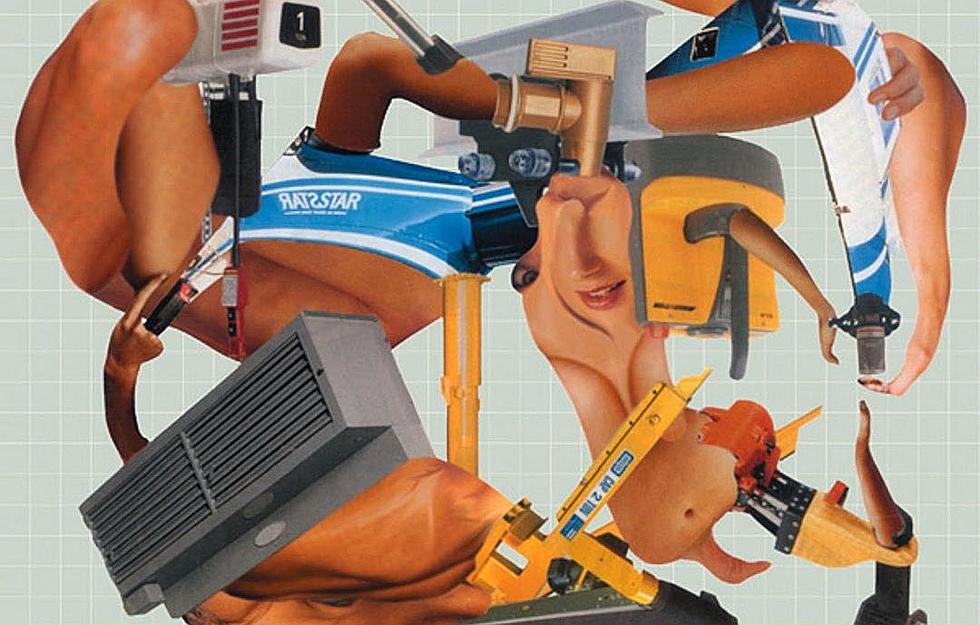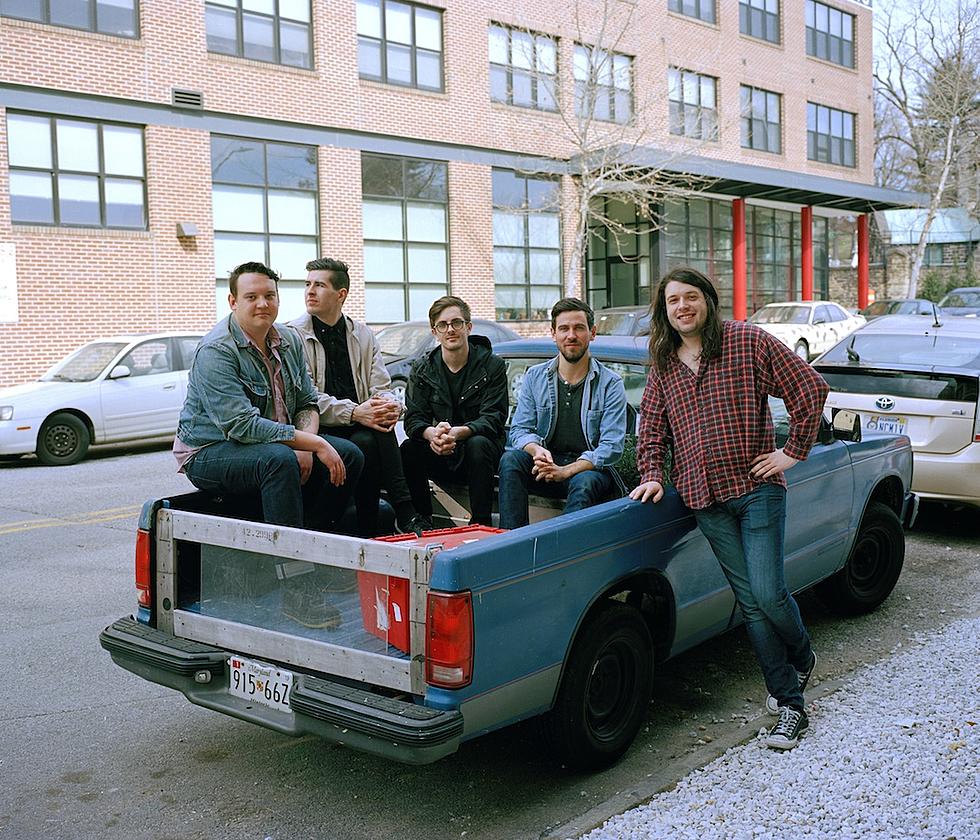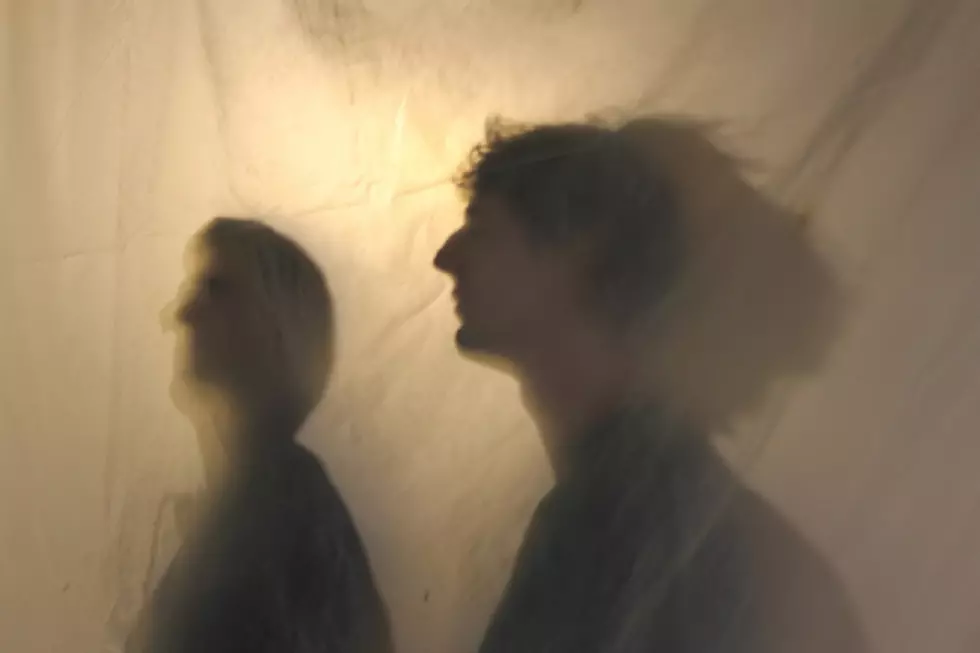
The Three Crushing Epochs of Neurosis
These days, the trend is to describe music by data-chunking it into little bits, collecting and sorting little fragments of information so similar entities can be easily classified. It’s how the hunter-gatherer learned how to survive in a world wrought with threats: using a primordial shorthand that would yield the appropriate response. It’s natural that music fans want to create categories and genres; it's nice to know what to expect when a new record comes out. However, the more exciting music resides out on the fringes — outliers that defy categorization and, in some rare cases, create their own genre. Occasionally, a band, through diligence and perseverance, defines its own terms, creating a path where no path existed. Neurosis are their own genre — their influence is clear across many different genres, from punk to metal and onward.
“I had never heard anything like that, but it was kind of what I had been hoping to hear, possibly, for years prior. It was heavy and psychedelic, rooted in metal and hardcore, but expanding way beyond those parameters. It was exactly what I wanted to hear without actually knowing that it existed out there. It was definitely a gateway for me. Once I knew that Neurosis existed, I started investigating the world they came from, and it opened up a lot of doors for me. It was the intersection of almost avant-rock, experimental and noise music — something that was rock music-oriented — and that has been my main path of interest since then.” —Aaron Turner (ISIS, SUMAC, Mamiffer)
Scott Kelly (guitar, vocals), Dave Edwardson (bass, vocals) and Jason Roeder (drums) founded Neurosis in Oakland, CA, in 1985. Shortly afterward, Chad Salter was added on second guitar, and in 1990, Simon McIlroy joined to handle electronics. There have only been two lineup changes since then. In 1989, Steve Von Till replaced Salter, and in 1995, Noah Landis replaced McIlroy. Neurosis were also one of the first extreme music artists to incorporate elaborate visual projections in their live presentation. Originally, Adam Kendall provided visuals in the early '90s, but Pete Inc. took over circa 1993, and was replaced by Josh Graham in 2000 (he ended his tour of duty in 2012). In an attempt to recreate themselves in the live setting, Neurosis no longer utilize visuals as part of their show.
The most impressive aspect of Neurosis is not necessarily the emotional intensity or crushing heaviness of their sound — there are many bands that have achieved sonic catharsis, but few have managed to evolve and remain relevant for three decades. Neurosis are dedicated to possibility. Like water, they are not afraid to become shapeless, formless, in order to become some new manifestation. Though they most likely will beg to differ, the trajectory of the band can be broken into three epochs:
1985 – 1991
Pain of Mind / The Word as Law
Characterized by raging hardcore punk with hints of the grandeur yet to come
1992 – 2000
Souls at Zero / Enemy of the Sun / Through Silver in Blood
Apocalyptic metal
2001 – present
Times of Grace / A Sun That Never Sets / Neurosis & Jarboe / The Eye of Every Storm / Given to the Rising / Honor Found in Decay
Introspective, dynamic, subtle
As a celebration of nearly three decades of work, Neurot Recordings released the Strength and Vision 11 LP box set earlier this year, limited to 1,300 copies. It includes all 11 studio albums, artwork and supplemental text. At the time of this writing, Strength and Vision is out of stock.
2016 is a milestone year for Neurosis. In addition to appearing at the prestigious Roadburn Festival in the Netherlands and completing a European summer tour, the band performed three nights in their hometown of San Francisco at the Regency Ballroom. Each night consisted of a two-hour set spanning their entire catalog.
“The weekend of the band's 30th anniversary was truly special — not just to hear songs from their entire history (some not played in over 25 years), [but] because Neurosis has never been about nostalgia. They’ve always been a forward-moving / forward-thinking beast. And yet, after years of not being performed, songs like 'Blisters' and 'Takeahnase' were uplifting moments. These songs still resonate, still sound relevant. I’m sure the band members would disagree, and maybe that’s one of the reasons that makes them such a great and important musical unit.” —Ron Martinez (Final Conflict / Neurosis booking agent)
Fires Within Fires is the band’s 12th studio album, set to be released September 23 on Neurot, and streaming below. With summer winding down and the lengthening shadows of autumn approaching, could there be a better time to talk to Scott Kelly about a new Neurosis record?
Neurosis have been active for three decades. Did you think the band would last this long?
I knew it would last the lifetime of the members of the band, but I never thought for a second I would live to see the age of 49. We were completely committed to this before we even played a single note; that commitment has never wavered.
What were the circumstances surrounding the formation of the band? What was the environment like in the East Bay?
We were recovering from another band that we were all in that pretty much sucked and was run like shit. We weren’t seeing very much out there that was inspiring us. We dug deeper and found some bands and artists that we felt had — or were doing — something that was relevant and immediate. We tried to push ourselves to that point.
The East Bay has always been a place, since the '60s, where you could express yourself freely. We felt that and ran with it. Many of the East Bay underground bands that preceded us set the tone for what we were able to do: Flipper, Fang, Trial and Crucifix, to name a few.
I can identify three distinct epochs in Neurosis’s sound: the early hardcore punk that typified Pain of Mind, the apocalyptic extremity of Enemy of the Sun and Through Silver in Blood, and the era starting with Times of Grace that focused on more subtlety and dynamics. What brought about the shifts in approach? How difficult was it to incorporate clean vocals?
It’s all just been one constant flow from our perspective. In the beginning, we were just limited in our abilities, but never our vision. We were also young. When we started, I was 18, and I'm the oldest member of the band. Dave and Jason were 16 and 15, respectively. We paid a lot to dig deeper, and I would be dishonest if I didn’t point out that psychedelics had a huge influence in getting us from Pain of Mind to Souls at Zero in [four] years.
What motivated the decision to release Strength and Vision?
It just felt like it was time to do something like that. We'd never done it before. We felt like 30 years was a pretty massive achievement for us.
The new album is about to come out. How does it differ from Honor Found in Decay?
Hard for me to say, as I think it'll be everybody’s own reflection that sets that thought in motion. To me, it’s far more direct, concise, chaotic and experimental, but I don’t really know. It’s what we’re doing now, and we couldn’t be happier with it.
Is it difficult being creative with band members living in different regions? Is the creative process collaborative?
No, we've had people in different areas off and on since '92. It’s far easier now with the way communication is today. You just have to have people who are committed and it’s more than doable. We have always been a collaborative band, artistically and in every other way. Everybody has equal input opportunity in Neurosis; it's one of the main reasons that we’ve been able to take our music as far as we have from our heads. The process is very intense and demanding, but again, it just boils down to commitment and how far we are willing to push it. We’ve always been willing to push it as far as possible.
Neurosis' new album, Fires Within Fires, arrives September 23 via Neurot.
More From CLRVYNT









